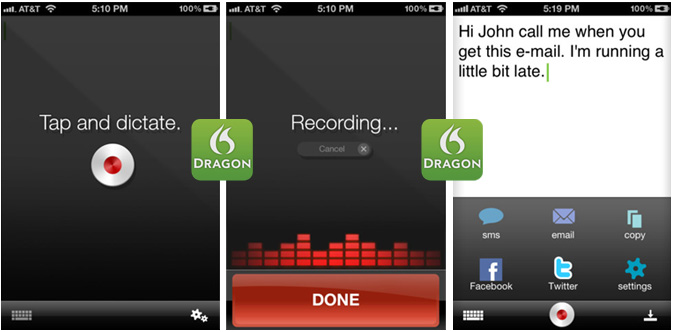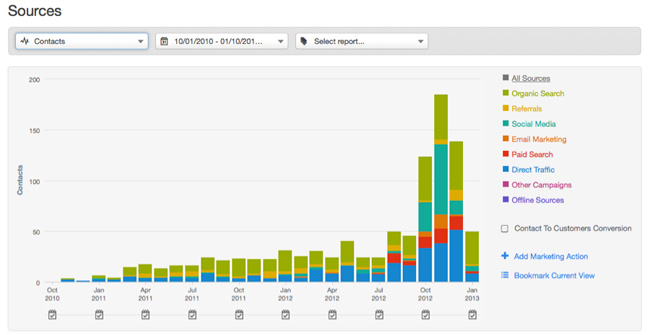 Jon Hainstock (@jonhainstock) is co-founder of Zoomshift, an Online Employee Scheduling Software company. A couple weeks ago I had the opportunity to grab lunch with both Jon and co-founder Ben Bartling (@benbartling). As a startup with a limited budget they have strategically used SEO and Inbound Marketing to build their traffic and more importantly drive leads and customers. They have a great product and story, hope you enjoy!!
Jon Hainstock (@jonhainstock) is co-founder of Zoomshift, an Online Employee Scheduling Software company. A couple weeks ago I had the opportunity to grab lunch with both Jon and co-founder Ben Bartling (@benbartling). As a startup with a limited budget they have strategically used SEO and Inbound Marketing to build their traffic and more importantly drive leads and customers. They have a great product and story, hope you enjoy!!
Q: What is Zoomshift, who is it for?
A: ZoomShift is simple employee scheduling software for small businesses. We really focus on solving the scheduling problem for businesses with under 100 employees.

Q: What marketing/advertising have you done in the past?
A: We’ve tried cold calling, direct mail, Facebook ads, Google AdWords, PR and SEO to try to build awareness and increase leads.
Q: What marketing initiatives have worked the best?
A: SEO has been the best marketing channel for us. Interruption (outbound) marketing wasn’t working well for us, mostly because business owners were not ready to change their scheduling process, even if it was terrible. When someone is actively searching for a solution, they are usually fed up with their process, and are ready to try something new.
Q: How does content marketing play a role in your daily activities?
A: We spend a lot of time interacting with customers everyday via support and chat, and we are able to build better content based on their feedback. Our initial goals were to climb the SERP’s for a handful of keywords, but now we are really focusing on using the language of our customers to build better content.
Blogging gives us the ability to build trust and provide fresh insights on how small businesses can streamline their processes. We are also tweaking existing content and building new pages on a daily basis to test if they will be valuable for our SEO campaign.
Q: What tools do you use for your inbound marketing/seo efforts?
A: We use Juxseo, an on-page SEO grader, to optimize the content on our site. We have also used Scribe to make sure our content is valuable and readable for our target market. We use Positionly to track rankings on a day to day basis. We track domain authority and trust with Moz’s tools.
Q: What are the results so far?
A: We are always amazed at how well SEO works. While SEO is only one arm of the inbound game, it brings in over 60 signups every week, and converts into around 3-5 paid customers per week, all on it’s own. Some of these conversions had assists from social interactions or referrals, but a majority of them convert from a keyword.
Q: What advice would you give to help others with their SEO strategy?
A: Go for the low hanging fruit. Start by doing a lot of keyword research, using the Google Adwords Keyword Tool, Google Suggestions, and Übersuggest to give you keyword ideas. Then find the keywords with the most search volume, highest buying intent and the lowest competition. Use those keywords as the main pages of your site and as categories for your blog.
About the Author: Steve James is a partner at Stream Creative, a certified HubSpot partner and full service digital marketing agency specializing in inbound marketing, web design and development, and social media.






